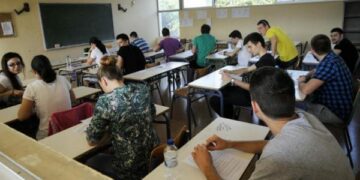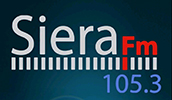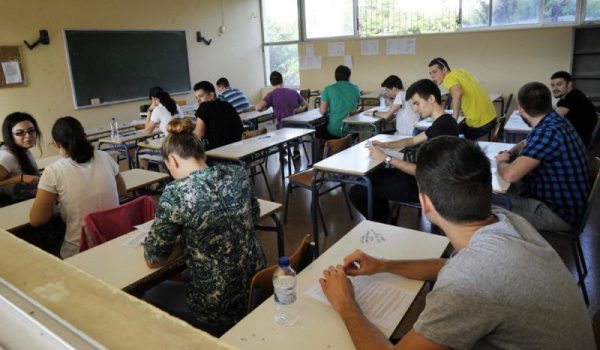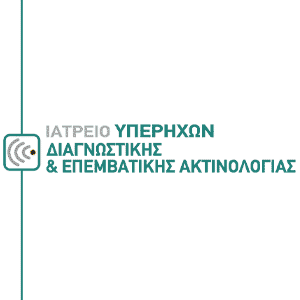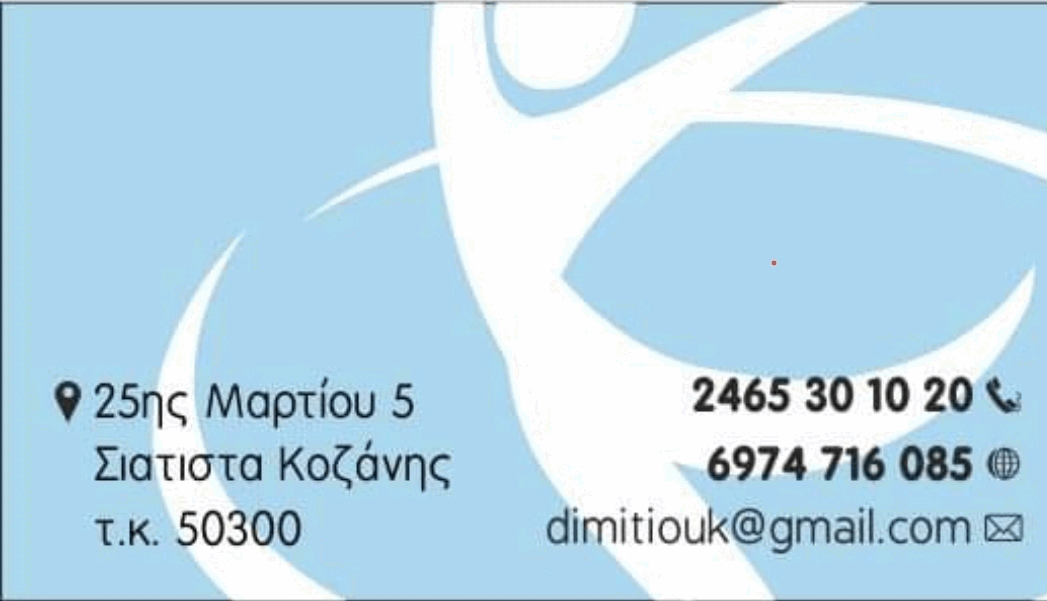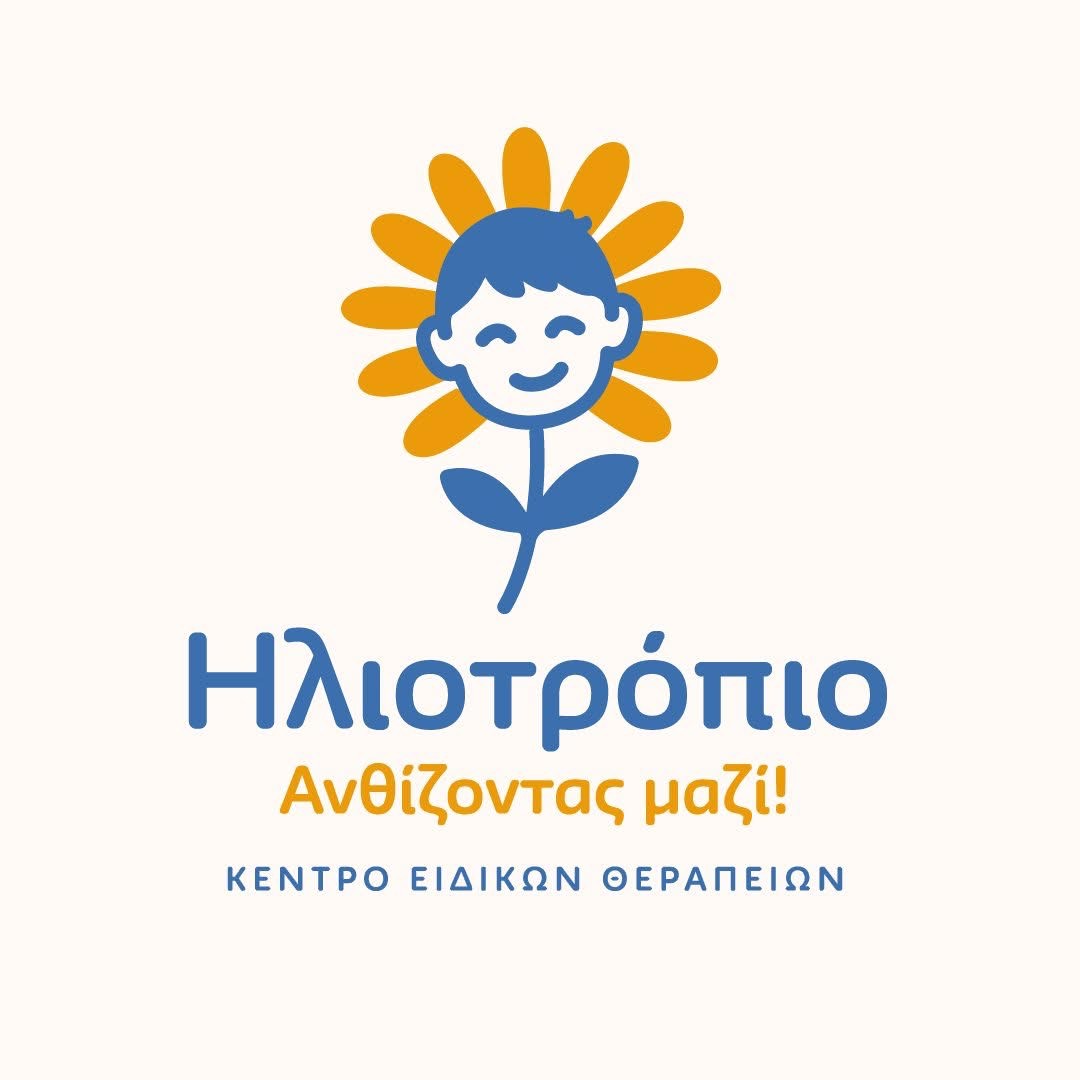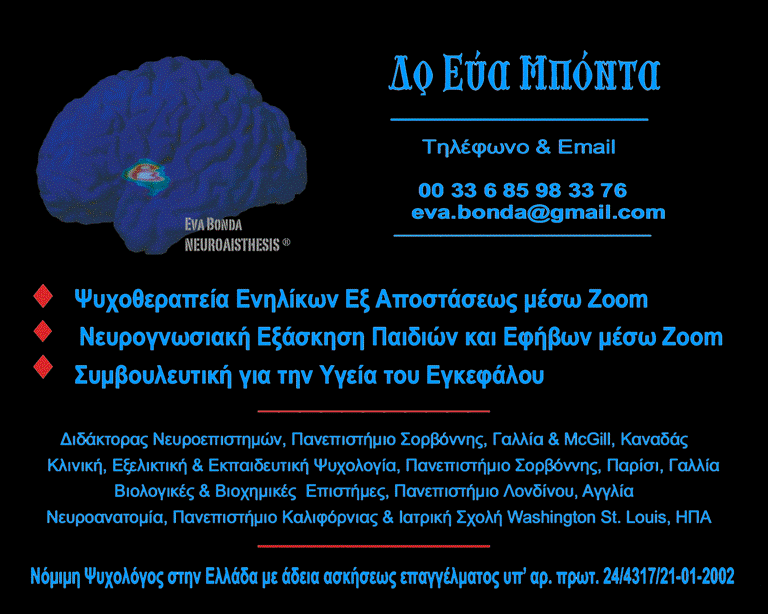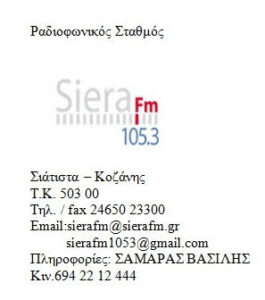Το υπουργείο Παιδείας φέρνει ρύθμιση για τις απουσίες μαθητών του Α τετραμήνου για Γυμνάσια και Λύκεια για τη χρονική περίοδο εξ αποστάσεως διδασκαλία.
Σύμφωνα με πληροφορίες, όλες οι απουσίες των μαθητών/τριών θα καταγραφούν στο απουσιολόγιο, αλλά για τον χαρακτηρισμό της φοίτησης των μαθητών/τριών δεν θα ληφθούν υπόψη.
Η ρύθμιση των απουσιών θα ανακοινωθεί προς το τέλος των μαθημάτων του 2ου τετραμήνου.
Την αρμοδιότητα της σχετικής ρύθμισης θα έχουν οι Σύλλογοι Διδασκόντων.
Υπενθυμίζεται ότι το υπουργείο Παιδείας, με εγκύκλιο που είχε εκδώσει με το ξεκίνημα της εξ αποστάσεως διδασκαλία, είχε καλέσει τους Διευθυντές/τριες των σχολικών μονάδων να αποτυπώνουν συστηματικά το σύνολο των μαθητών που απουσιάζουν καθ’ όλη τη διάρκειας της ημέρας, ανά τάξη.
Τι ισχύει για τις απουσίες
Επαρκής χαρακτηρίζεται η φοίτηση μαθητών/τριών εφόσον το σύνολο των απουσιών του/της δεν υπερβαίνει τις εκατόν δεκατέσσερις (114).
Ανεπαρκής χαρακτηρίζεται η φοίτηση μαθητή/τρι- ας που σημείωσε πάνω από εκατόν δεκατέσσερις (114) απουσίες. Οι μαθητές/τριες των οποίων η φοίτηση χαρακτηρίζεται ανεπαρκής είναι υποχρεωμένοι/ες να επαναλάβουν τη φοίτηση τους στην ίδια τάξη.
Στην περίπτωση των Μουσικών και Καλλιτεχνικών Γυμνασίων και Λυκείων ισχύουν τα αριθμητικά όρια που προβλέπονται προσαυξημένα κατά δεκαέξι (16) απουσίες.
Στην περίπτωση των Εσπερινών Γυμνασίων και Εσπερινών Γενικών Λυκείων ή Εσπερινών Επαγγελματικών Λυκείων ισχύουν τα αριθμητικά όρια που προβλέπονται προσαυξημένα κατά δεκαέξι (16) απουσίες.
Στην περίπτωση των ιδιωτικών σχολείων τα οποία λειτουργούν με διευρυμένο ωράριο ισχύουν τα αριθμητικά όρια που προβλέπονται προσαυξημένα ανάλογα με τον αριθμό των επιπλέον ωρών.
Πότε οι απουσίες των μαθητών δεν προσμετρώνται, λόγω Κορωνοϊού
1. Οι απουσίες μαθητών σχετικά με τον κορωνοϊό COVID-19 καταγράφονται, αλλά δεν προσμετρώνται στις ακόλουθες περιπτώσεις :
α) Αν νοσεί από κορωνοϊό COVID-19 ο ίδιος ο μαθητής ή κάποιος που κατοικεί στο σπίτι του, με απαραίτητη προσκόμιση ιατρικής βεβαίωσης.
β) Αν ο μαθητής ανήκει σε ομάδα αυξημένου κινδύνου, όπως έχουν οριστεί από τον ΕΟΔΥ, με απαραίτητη προσκόμιση ιατρικής βεβαίωσης από τον θεράποντα ιατρό ή από ιατρό της σχετικής ειδικότητας. Οι ομάδες μαθητών αυξημένου κινδύνου είναι οι ακόλουθες:
i. Μαθητές που λαμβάνουν χημειοθεραπεία για κακοήθεια ή μετά από ομόλογη μεταμόσχευση αιμοποιητικών κυττάρων, εάν έχουν παρέλθει λιγότερο από έξι (6) μήνες από την ολοκλήρωσή της.
ii. Μαθητές μετά από αλλογενή μεταμόσχευση αιμοποιητικών κυττάρων, εάν έχουν παρέλθει λιγότεροι από δώδεκα (12) μήνες.
iii. Μαθητές μετά από μεταμόσχευση συμπαγούς οργάνου, εάν έχουν παρέλθει λιγότεροι από εικοσιτέσσερις (24) μήνες.
iv. Μαθητές με δρεπανοκυτταρική αναιμία.
v. Μαθητές με σοβαρή συγγενή ή επίκτητη ανοσοανεπάρκεια (HIV και CD4 500).
vi. Μαθητές υπό χρόνια κορτιζονοθεραπεία (prednisolone >20mg/μέρα).
vii. Μαθητές με σοβαρή χρόνια νεφρική νόσο ή νε- φρική ανεπάρκεια.
viii. Μαθητές με αιμοδυναμικά σημαντική συγγενή καρδιοπάθεια ή γνωστή μυοκαρδιοπάθεια.
ix. Μαθητές με χρόνια, σοβαρή πνευμονοπάθεια, όπως κυστική ίνωση με αναπνευστική ανεπάρκεια ή μαθητές με σοβαρό και μη ελεγχόμενο άσθμα, σύμφωνα με τη γνωμάτευση εξειδικευμένου κέντρου.
x. Μαθητές με σύνθετα μεταβολικά ή νευρολογικά προβλήματα.
γ) Μαθητής που έχει υποβληθεί σε μοριακή διαγνωστική εξέταση για τον κορωνοϊό COVID-19 και για όσο χρόνο αναμένει την έκδοση του αποτελέσματος.
2. Για τους μαθητές που απουσιάζουν εντασσόμενοι σε ευπαθείς ομάδες, προβλέπεται η παρακολούθηση μαθημάτων μέσω σύγχρονης εξ αποστάσεως εκπαίδευσης.
Πηγή:dikaiologitika.gr
